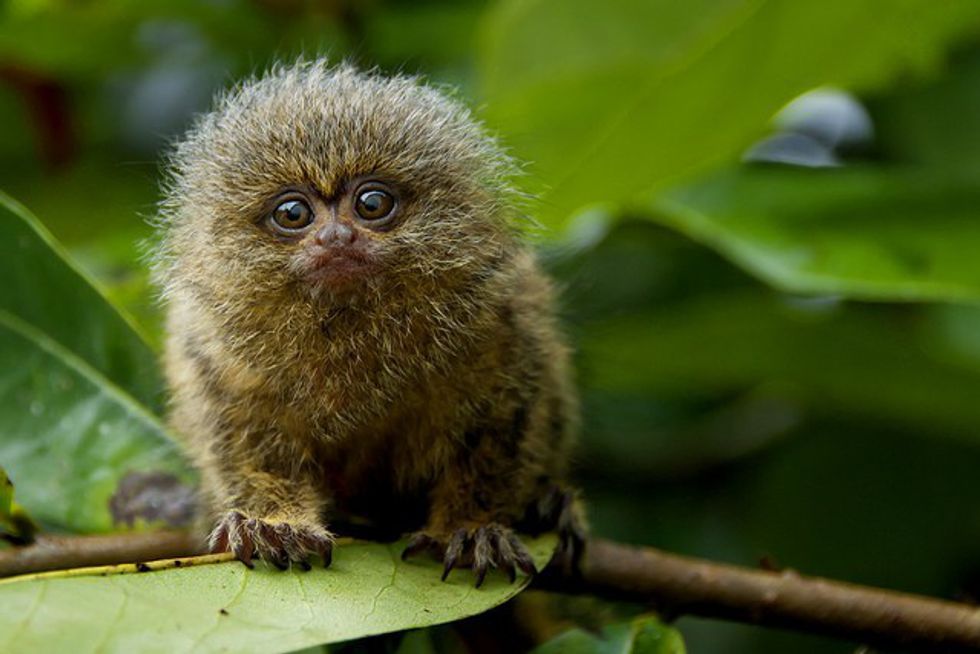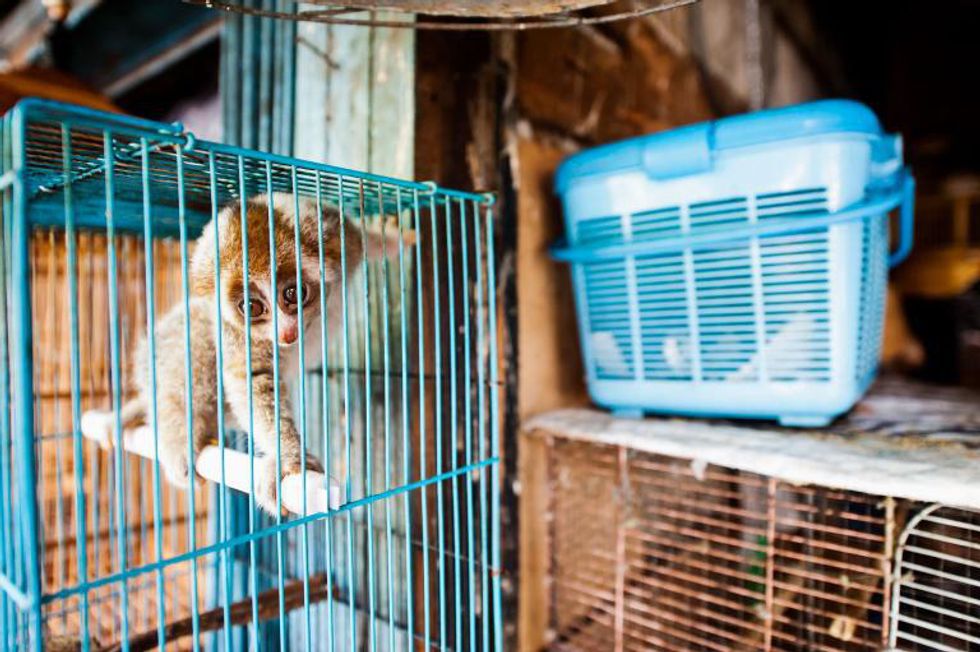Chances are, if you've recently scrolled through your Facebook news feed, you've seen at least one unbearably cute video of some exotic animal that just melted your heart. This is because thousands of pictures, videos, and GIFs of exotic animals are being shared across social media platforms every day. Even I will admit that I absolutely love coming across a cute animal video. Just this week I was sent the cutest video of baby sloths being bathed and hung out to dry! Innocent enough, right?
Unfortunately, because of this recent trend in social media, the landscape for many exotic animals has taken a sharp turn for the worse. Exotic species that commonly receive attention from social media now face the dangers of exotic-pet trade. On social media, all we are able to see is adorable and seemingly happy animals. The unfortunate reality is, they are spending their lives suffering in small cages. Even worse, by simply watching or sharing a video, we are contributing to the exotic-pet trade industry.
Exotic pet trade already impacts many species of snakes, birds, monkeys, tigers, and turtles. Many different species of snakes such as boa constrictors and anacondas are shipped to the United States every year to be sold illegally in exotic pet stores. Small Capuchin monkeys are still illegally bought and sold to be used in circus acts and as household pets. Furthermore, now even more animals are facing the dangers of exotic-pet trade because of their popularity across social media. Here are three species to look our for:
The pygmy marmoset is the world's smallest monkey. Already considered an endangered species, this adorable little monkey's natural habitat is the diverse and wondrous world of the Amazon rainforest. In their natural habitat, they have complex social and family relationships. When they are captured as pets, they do very poorly because it is impossible for their owners to provide them with an environment that is as stimulating as the wild. Unfortunately, photos of these small monkeys have recently gone viral, making them very popular in the exotic pet trade industry.
Made internet-famous by videos that show them being tickled or fed, the nine different species of slow loris are facing extinction due to illegal pet trade. Just like any other wild animal, the slow loris has diverse needs that cannot be met when they are forced to spend their life in a cage. A recent study examined 100 online videos of pet lorises and found that many of them showed inhumane treatment of the lorises and that most of the animals were either sick, afraid, malnourished, or under distress.
Commonly known as a raccoon dog, the tanuki started receiving a lot of internet attention after one owner tweeted photos of his pet going on leashed walks, begging for food, and staying toasty by a heater during the winter. Native to East Asia, this wild animal is highly related to wolves and should not be considered a household pet. A little over 75 years ago, approximately 9,000 of them were released into the western Soviet Union to be hunted for their fur. These original 9,000 raccoon dogs quickly reproduced and spread throughout central Europe, and are now a huge threat to local amphibians and birds. Currently considered to be an invasive species across Europe, in many countries these raccoon dogs are often hunted and killed, or caught and kept as pets.
The takeaway: Please think before you share a photo or video of an exotic animal. While sharing a photo may seem harmless, we often don't know what goes on behind the scenes. The more a photo or video is shared, the higher the demand becomes for this animal in the exotic-pet trade. Furthermore, share only images of animals that are living flourishing, happy lives in their natural environment.







 StableDiffusion
StableDiffusion StableDiffusion
StableDiffusion StableDiffusion
StableDiffusion Photo by
Photo by  Photo by
Photo by  Photo by
Photo by 
 Photo by
Photo by  Photo by
Photo by  Photo by
Photo by  Photo by
Photo by  Photo by
Photo by 












